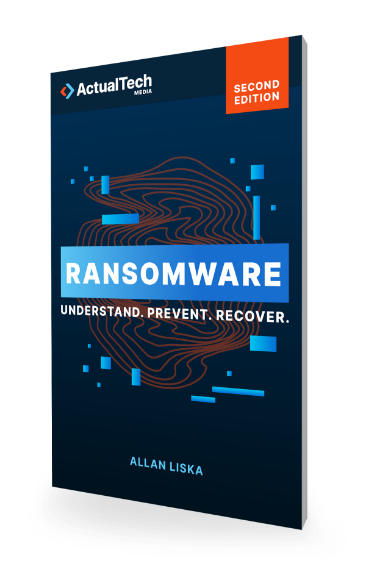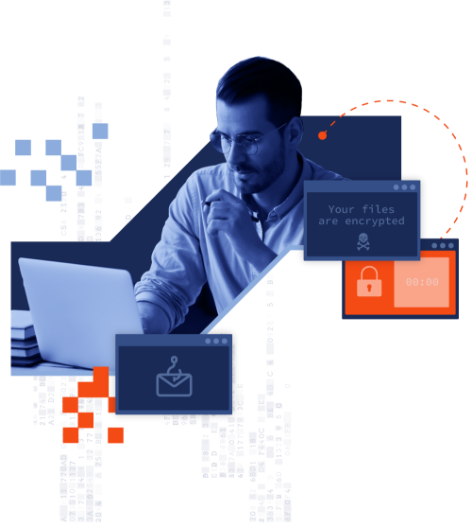
Sponsored Post: Nasuni In the early hours of May 7, 2021, Colonial Pipeline’s CEO, Joseph Blount Jr., made the difficult decision to immediately shut down the company’s IT network in response to a ransomware attack that had been discovered only an hour earlier. Within 15 minutes of the decision, all 5,500 miles of the company’s […]
Don’t worry, we hate spam, too
His name is Guan Tianfeng and in December 2024 the US State Department’s Rewards for Justice campaign placed a reward of up to $10 million for anyone offering information on his whereabouts. Guan Tianfeng, it is alleged, masterminded an April 2020 attack on Sophos XG firewalls using an exploit for a zero-day vulnerability later hastily […]
Sponsored Post: Ben Clark, Senior Product Marketing Manager, Nasuni The ransomware threat isn’t fading away. Ransomware hit 66% of midsize organizations last year. Average payments jumped from $170,000 in 2020 to $812,000 in 2021. These are harrowing statistics, but not to our customers. Nasuni offers advanced ransomware protection designed to help organizations prevent, detect, respond […]


Ransomware news is everywhere these days. It’s nearly impossible for a week to go by without reading or hearing about another company that was hit by an attack. Unfortunately, the ransomware news isn’t likely to slow down anytime soon.
Stay on top of what’s happening in the world of Ransomware actors with our ransomware news feed.
It’s the ransomware resource you can’t afford to be without. 437 Pages of ransomware know-how. Stay ahead of the cybercriminals: get your copy now!


Ransomware.org is currently establishing vendor partnerships. Here are a few reasons why your organization should partner with us.
Guaranteed lead gen programs (from hundreds to thousands per quarter)
Ready-made ransomware content you co-brand and use in your own programs elsewhere
Guest posting opportunities on ransomware.org
Site and article-level sponsorship
Premium inclusion in the Solution Directory
Tell us about your Organization and why you would like to partner with us…